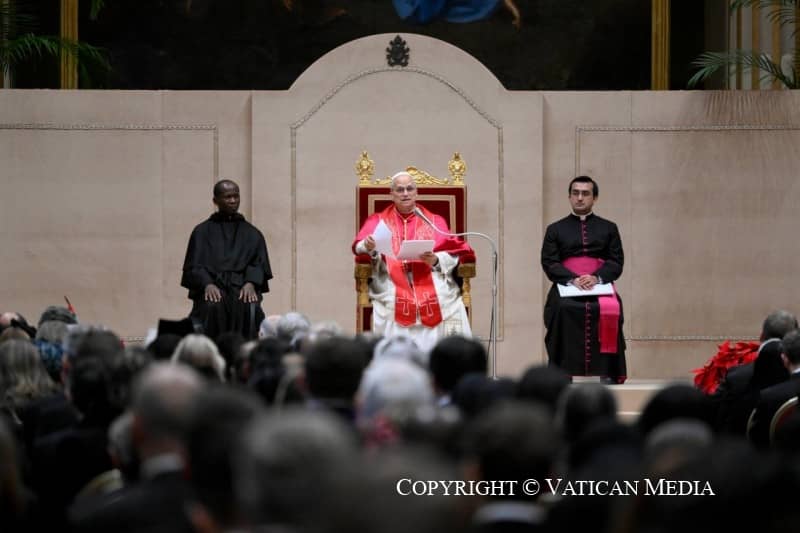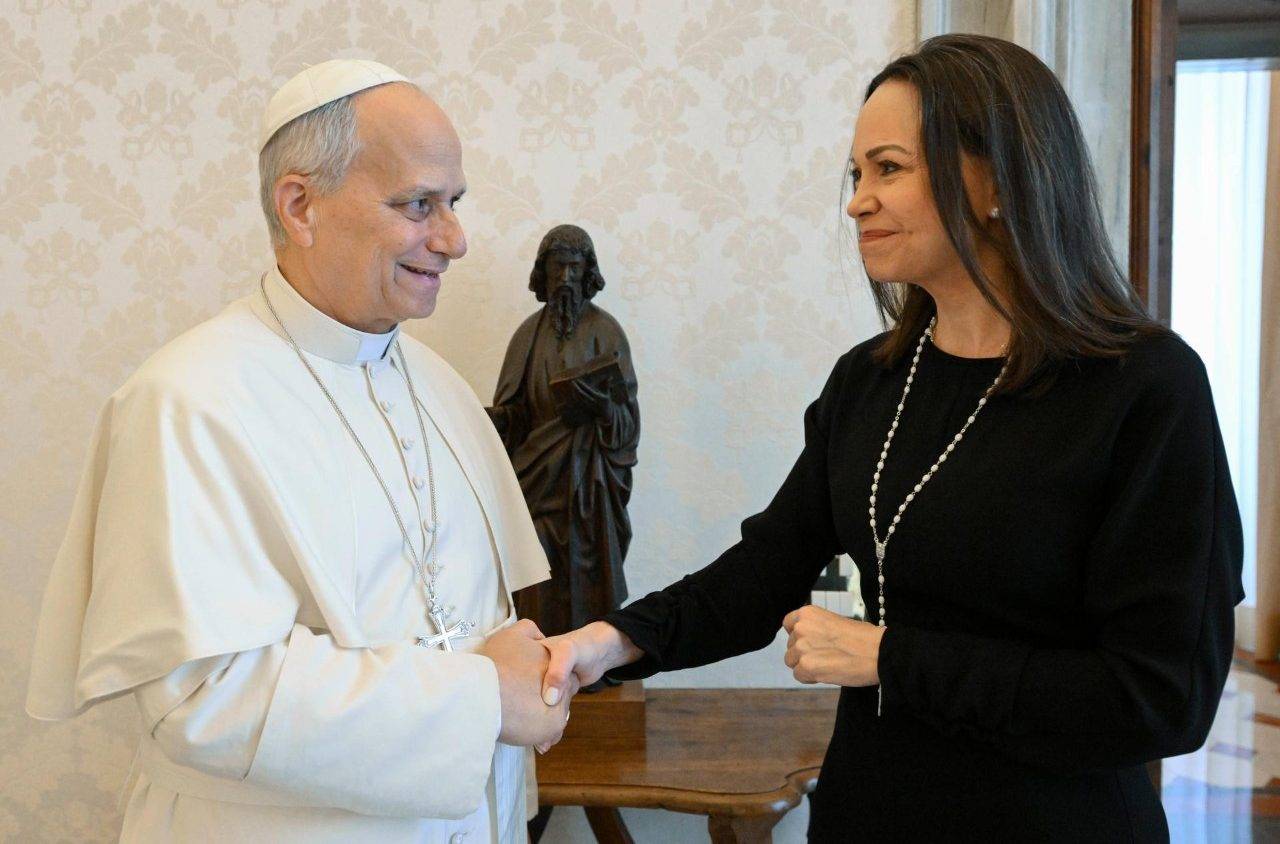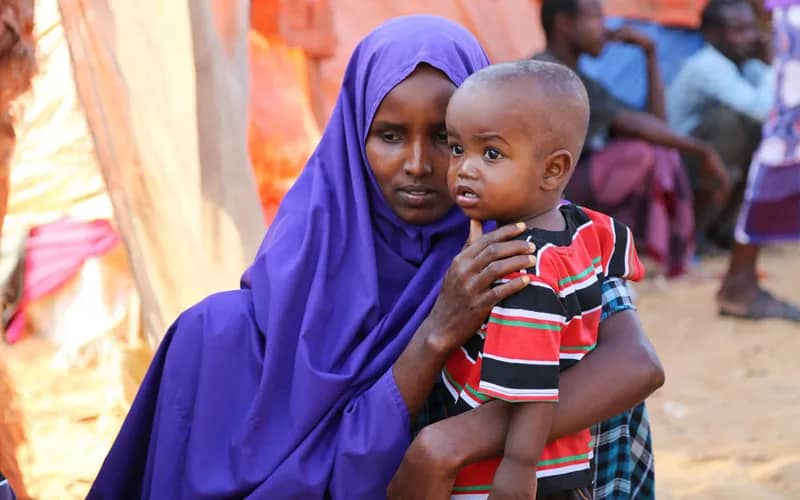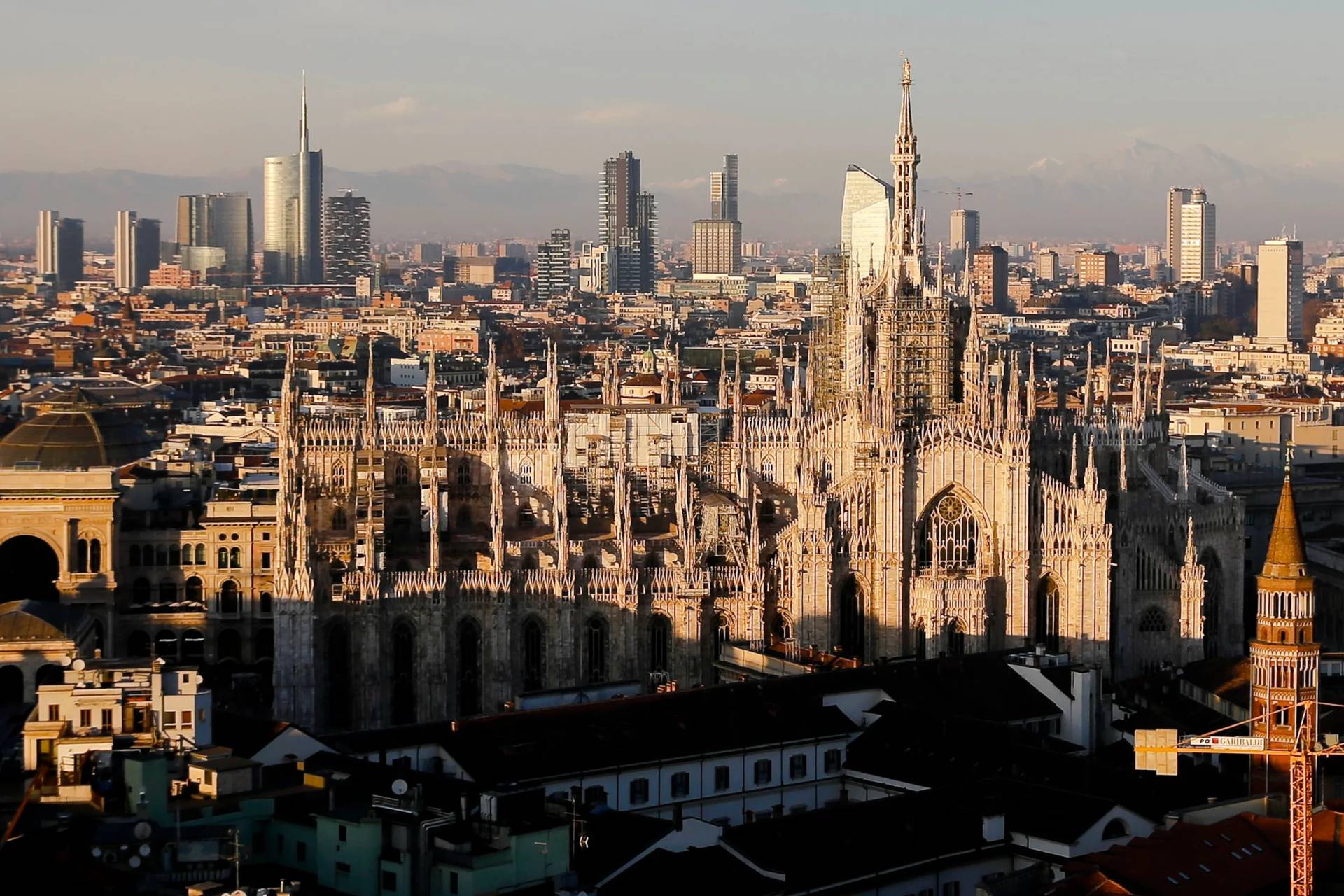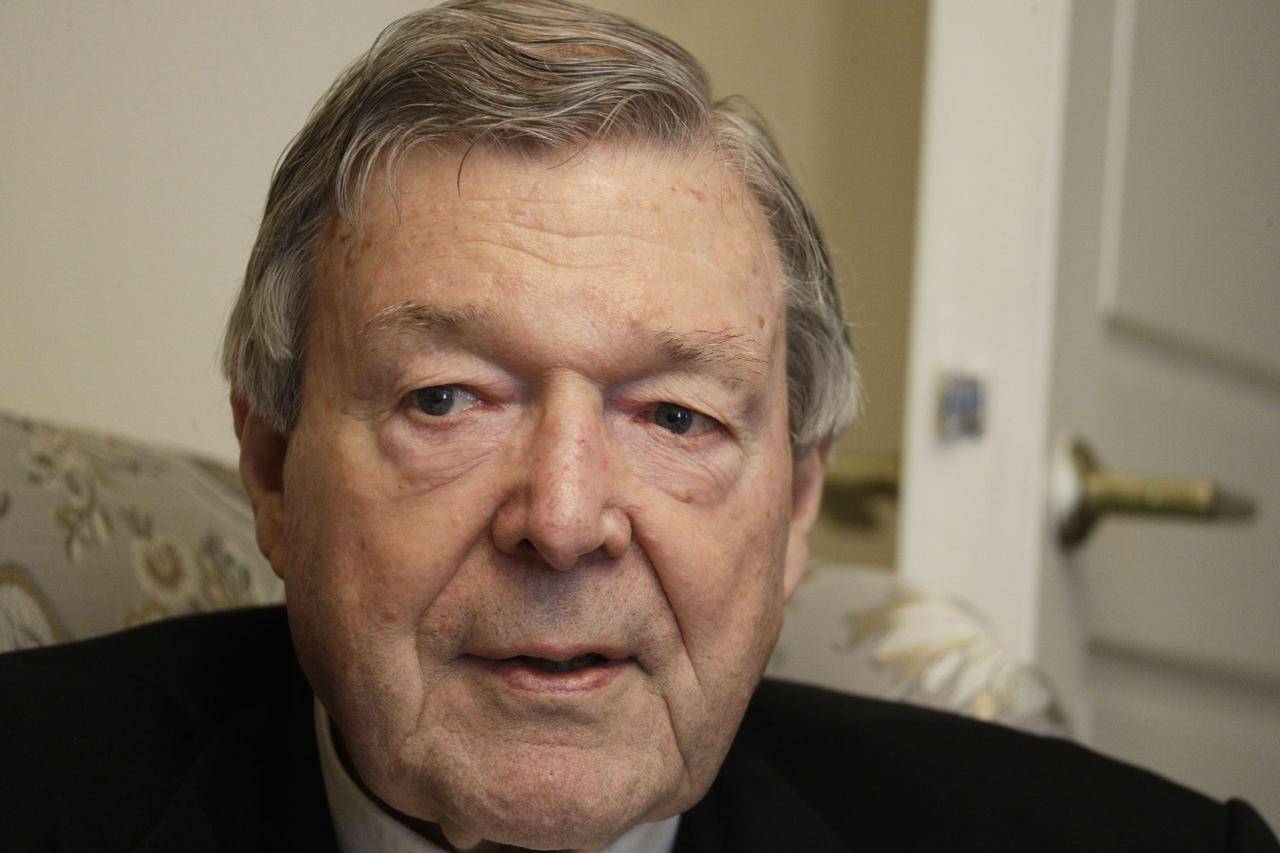ROME – “Synodality” is the shibboleth of the Pope Francis era, and so it should be no surprise that the pontiff acted Tuesday on one of the recommendations of the recent Synod of Bishops for the Amazon by creating – for the second time in four years – a commission to study whether women might be ordained as deacons.
During last October’s synod, the idea of female deacons surfaced as part of a broader discussion about finding new ways to recognize and institutionalize the contributions of women, especially in isolated rural areas where they’re often the Church’s primary catechists, prayer organizers and even leaders of communities.
Francis first put together such a commission in August 2016, in response to a request from the Union of International Superiors General, a Rome-based federation of superiors of women’s religious orders. It delivered a report in January 2019, but a few months later Francis said it had been inconclusive.
“Each [member] has their own vision, which doesn’t accord with that of the others. They stopped there as a commission, and each one is studying and going ahead,” he said during an inflight news conference at the end of a May 2019 trip to Bulgaria and North Macedonia.
Tuesday, the Vatican announced that Francis has empaneled a second group to study the question. Its lineup, none of whom were among the first group, includes:
- President: Cardinal Giuseppe Petrocchi of Aquila, Italy
- Secretary: Father Denis Dupont-Fauville of the Congregation for the Doctrine of the Faith
- Catherine Brown Tkacz, Ukraine
- Deacon Dominic Cerrato, US
- Father Santiago del Cura Elena, Spain
- Caroline Farey, UK
- Barbara Hallensleben, Switzerland
- Father Manfred Hauke, Switzerland
- Deacon James Keating, US
- Monsignor Angelo Lameri, Italy
- Rosalba Manes, Italy
- Anne-Marie Pelletier, France
Looking at the composition of this group, four tentative conclusions suggest themselves.
First, the two American members are permanent deacons: Keaton, director of theological formation at the Institute for Priestly Formation (IPF) based at Creighton University in Omaha, Nebraska; and Cerrato, director of diaconal formation in the Diocese of Joliet, Illinois, and a former professor of theology at the Franciscan University of Steubenville.
Given that the United States presently has just six percent of the world’s Catholic population but forty percent of its permanent deacons, that suggests the commission may be looking at the American experience as a touchstone. It also suggests the focus of this group may be a bit less historical, examining the role of women described as “deaconesses” in the New Testament, and more on contemporary needs and pastoral practice.
Second, this is not exactly a group brimming with ecclesiastical heavy hitters.
Petrocchi was named a cardinal in 2018 largely as a nod of the papal zucchetto to the earthquake-ravaged zone of Aquila in central Italy, where more than 300 people died in 2009 and where scores of people are still displaced or out of work. By all accounts the pope likes Petrocchi – at various points he’s been rumored to be in line to take over as Prefect of the Congregation for Clergy, as well as Archpriest of St. Peter’s Basilica – but he’s not seen as among the prime movers in Francis’s papacy.
The first commission included then-Archbishop Luis Ladaria, at the time the number two official of the Congregation for the Doctrine of the Faith and today the prefect. Dupont-Fauville, a priest of the Paris archdiocese, doesn’t possess quite the same heft.
Third, it’s striking that for an idea from a synod on the Amazon, there are no Amazonians in this group. Indeed, there’s nobody from the developing world or the global south at all. As a friend pointed out, all but two members come from NATO member states – and Ukraine wants NATO and NATO wants Switzerland, so even they don’t really count as “peripheries.”
Whatever the focus of this commission may be, therefore, it’s unlikely to be the pastoral needs of rural Latin America, or sub-Saharan Africa, or the Pacific Islands, or anywhere else outside the affluent West, since those voices aren’t in the mix.
Fourth, in a 2016 interview Tkacz seemed to throw cold water on the idea of women deacons: “To begin now to ordain women as deacons would not be a ‘restoration,’ but a radical innovation,” she said.
Though no one else appears to have addressed the question quite as directly, at least six other members – Del Cura, Hauke, Cerrato, Keating, Maners and Pelletier – have spoken or written about holy orders, the diaconate and the role of women in the Church in a way that suggests they might have doubts.
By way of contrast, there’s no slam-dunk vote in favor as there was last time when Francis appointed Phyllis Zagano of the U.S., a longtime campaigner in favor of women deacons.
Conclusion?
Well, if Pope Francis really wants to say “yes” to women deacons, this might seem an odd way to go about it.
On the other hand, if he wants to uphold synodality without painting himself into a corner or committing himself to a step he may not want to take, then this might be exactly what a savvy pontiff would do.
Follow John Allen on Twitter at @JohnLAllenJr.






